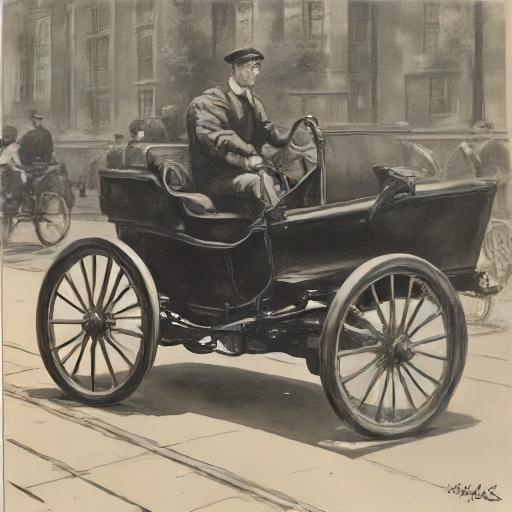Driving invention and innovation within an organization requires a structured approach that balances creativity with systematic processes. Here’s a step-by-step guide to implementing a process that fosters invention:
1. Establish a Clear Vision and Goals
- Define the Purpose: Articulate why invention is important for your organization. This could be for competitive advantage, market differentiation, or solving specific customer problems.
- Set Clear Objectives: Outline what you want to achieve with invention initiatives, such as developing new products, improving existing services, or creating new business models.
2. Cultivate a Culture of Innovation
- Encourage Creativity: Create an environment where team members feel safe to share ideas without fear of failure or ridicule. Encourage experimentation and risk-taking.
- Leadership Support: Ensure leadership visibly supports and participates in innovation initiatives. This commitment can motivate employees and demonstrate the importance of innovation.
- Interdisciplinary Collaboration: Promote collaboration across different departments. Cross-functional teams can bring diverse perspectives and skills, leading to more innovative solutions.
3. Implement an Idea Management System
- Idea Collection: Use digital platforms or suggestion boxes where employees can submit their ideas. Ensure that these platforms are user-friendly and accessible.
- Evaluation Process: Develop criteria to assess the feasibility, potential impact, and alignment of ideas with company goals. This might include market potential, cost, and technical viability.
- Feedback Mechanism: Provide constructive feedback on submitted ideas. Recognize and reward contributions to keep the motivation high.
4. Provide Resources and Tools
- Funding: Allocate a budget for innovation projects, including funding for research and development, prototyping, and testing.
- Technology and Tools: Equip teams with the necessary tools, software, and technologies that can aid in idea development and execution.
- Training and Development: Offer training programs to develop skills in creativity, design thinking, and problem-solving.
5. Encourage Experimentation and Prototyping
- Rapid Prototyping: Use agile methodologies to develop quick prototypes of ideas. This helps in testing concepts early and refining them based on feedback.
- Pilot Programs: Run small-scale pilot programs to test the viability of new inventions before a full-scale launch. This approach helps in minimizing risks and learning from failures.
6. Create a Feedback Loop
- Continuous Improvement: Gather feedback from stakeholders, customers, and employees. Use this feedback to iterate and improve the invention process.
- Review and Reflect: Regularly review the outcomes of innovation initiatives. Assess what worked, what didn’t, and why. Use these insights to refine the invention process.
7. Protect Intellectual Property
- Patent Filing: Establish processes for patent filing to protect new inventions. Educate employees on the importance of intellectual property rights.
- Legal Support: Provide access to legal support for navigating patents and trademarks.
8. Track Progress and Measure Success
- KPIs and Metrics: Define key performance indicators (KPIs) to measure the success of invention initiatives. These could include the number of ideas generated, prototypes developed, patents filed, or revenue generated from new products.
- Regular Reporting: Implement regular reporting mechanisms to track progress and outcomes. This helps in keeping the leadership informed and aligning invention activities with business strategies.
9. Celebrate and Reward Innovation
- Recognition Programs: Recognize and celebrate successful inventions and the people behind them. This could be through awards, public acknowledgment, or financial incentives.
- Success Stories: Share success stories within the organization to inspire others and demonstrate the tangible benefits of innovation.
10. Continuous Learning and Adaptation
- Learning Culture: Encourage a learning culture where employees continuously update their skills and knowledge about the latest industry trends and technologies.
- Adapt and Evolve: Be prepared to adapt the invention process based on feedback and changing business environments. Innovation is a continuous journey that requires ongoing refinement.
Conclusion
Implementing a structured process for driving invention involves setting clear goals, fostering a culture of innovation, providing necessary resources, and continuously learning from feedback. By following these steps, organizations can systematically harness creativity, turning ideas into practical inventions that offer real-world value.
This structured approach not only ensures that innovation is aligned with organizational goals but also creates an environment where inventive thinking is part of the organization’s DNA.
